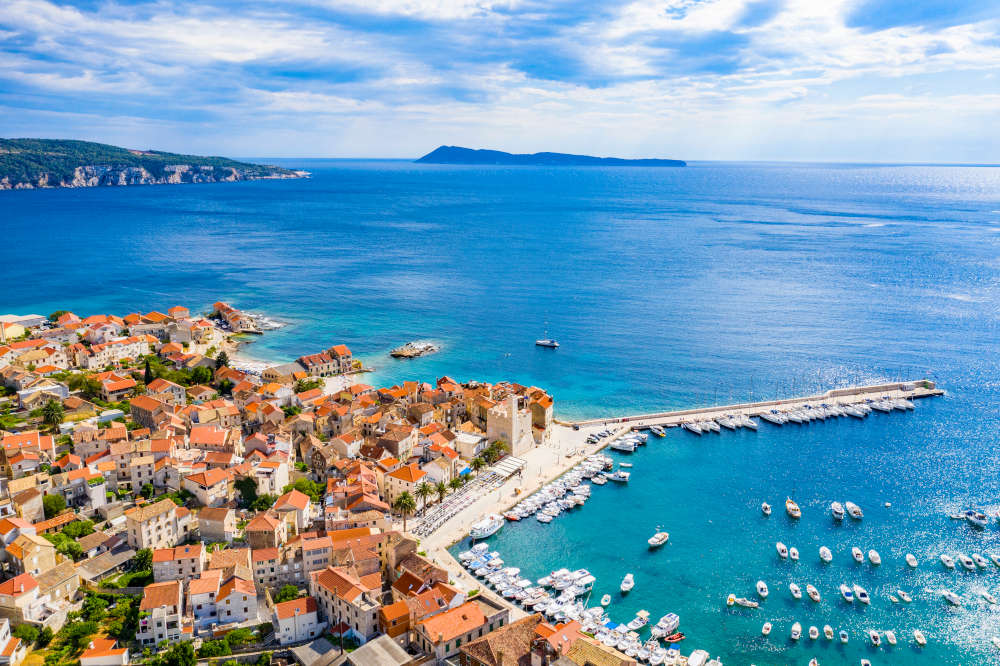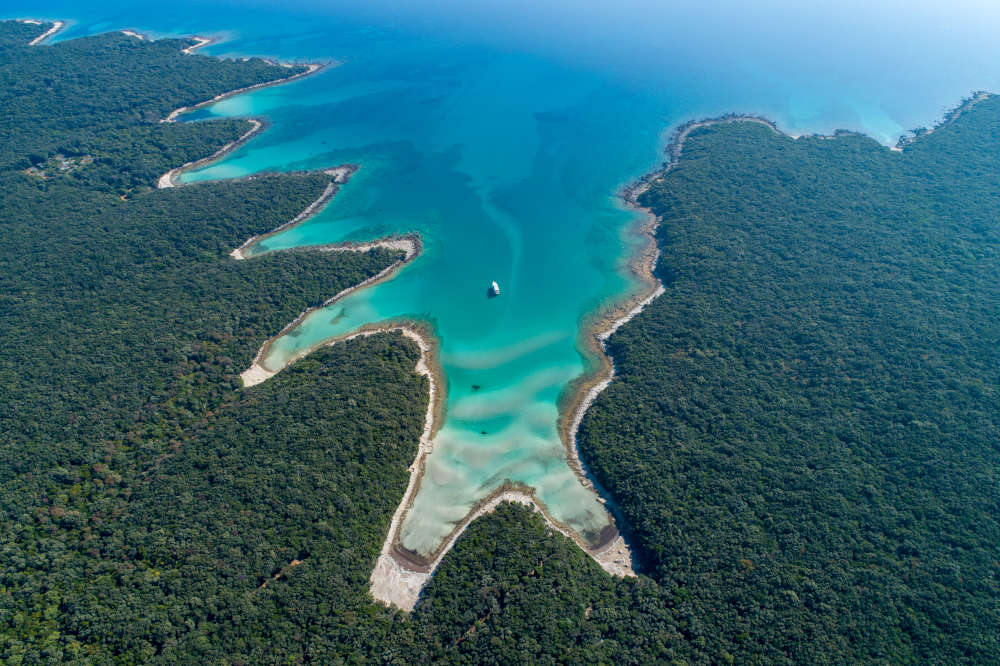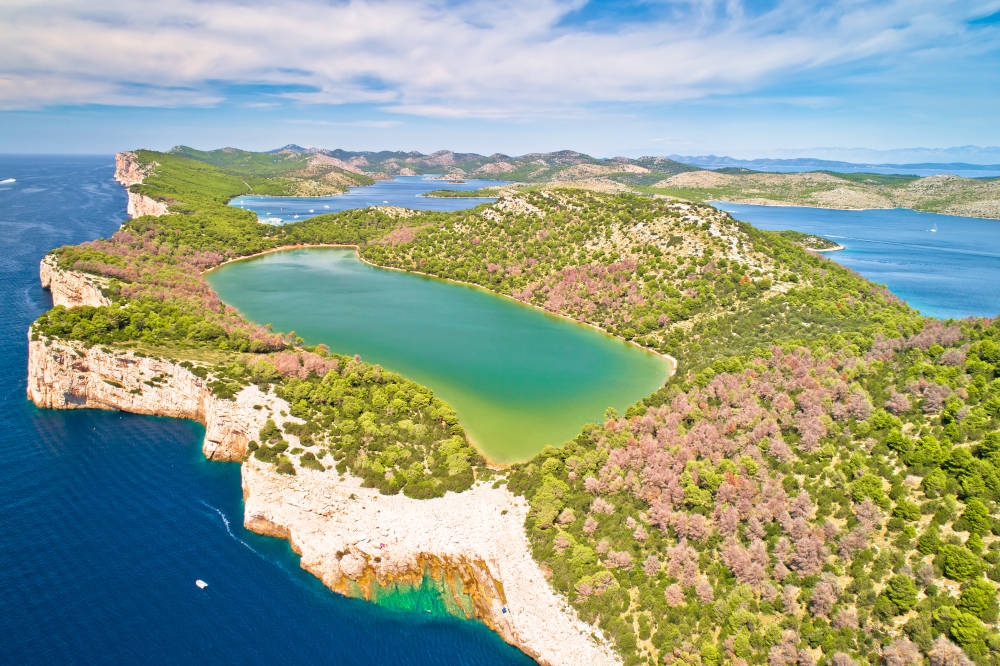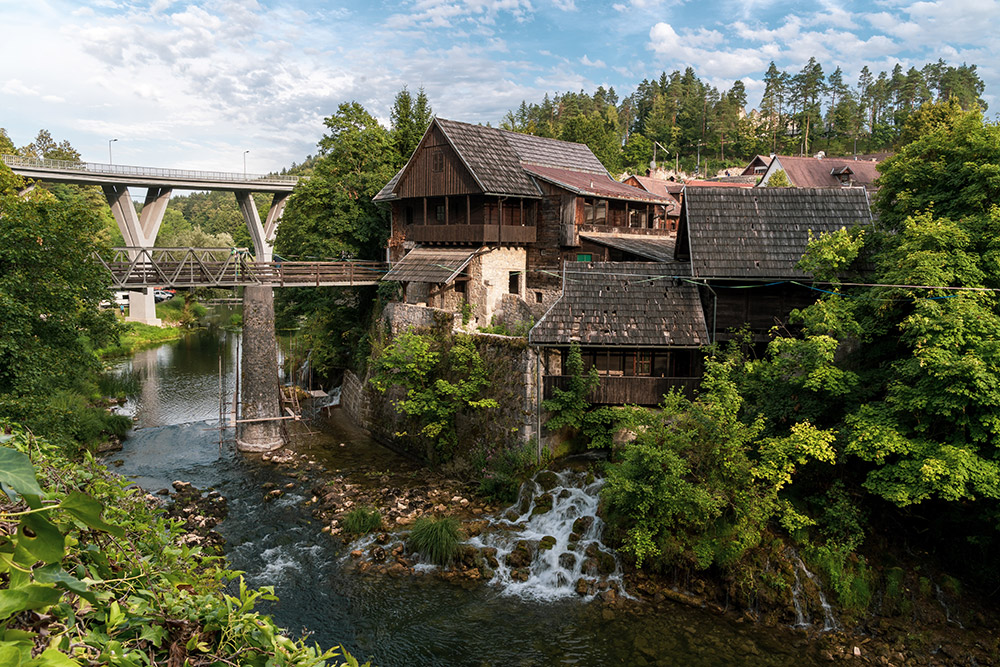History of Wine, Korčula
- Home
- Croatian Destinations
- History of Wine, Korčula
History of Wine, Korčula
- access_time13 January 2021
- account_circleCroatian Destinations

Rich in flavors and filled with aroma, the drink of the royals, Wine. Croatia, a country rich in Wine and history, produces wines right from its northern to southern ends. The grape culture in Croatia is not only respected due to wines, but it has also been embedded in their folk costumes, architecture, and theater.
One of Croatia’s largest white Wine producing island is Korčula. Known as the “Black Korčula” for the Greeks and “Curzola” for the Venetians, Korčula is today one of Croatia’s most treasured islands. From its foundation in the 12th century, Korčula has witnessed the settlement of various nationalities from around the world. Even before its foundation as an island, the Greeks being the first settlers, have effectively utilized the fields of the island to produce Wine. Although a majority of the yards were destroyed during the homeland war, the industry did not halt. They rushed back into business, making over 700 different types of Wine until today.
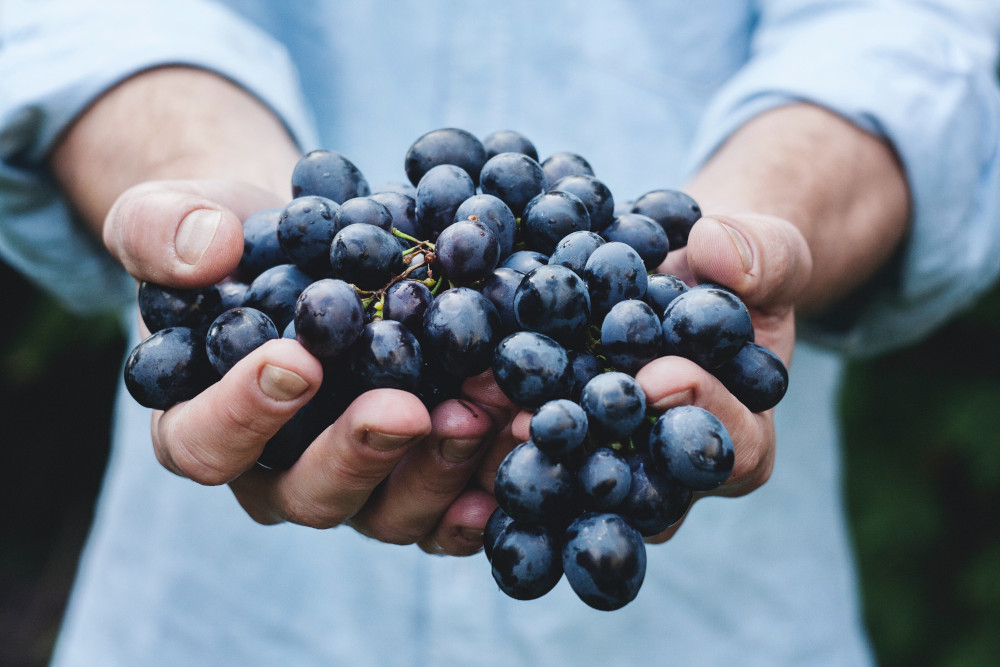
Apart from Korčula, the hills of various southern Dalmatian islands such as Hvar and Vis have provided the perfect land to create delicious white, red, and rose wines. While being home to some of the finest white wines around the country, Korčula is also known for its stonemasonry and art tradition. Compared to other famous islands of Croatia such as Hvar and Brac, Korčula is partially secluded from the country. This makes it easier for the island to preserve its natural culture and heritage, as the tourists who do visit understand the value of its history.
The most famous white wines of Korčula can be traced back to the Greeks. Grk, known as the exclusive Korčula white wine, is unique in its existence. One of the reasons that make it unique is that the Grk grape only possesses female flowering parts. This property makes it compulsory for its counterpart, the Plavac Mali, to be grown side by side. Since both of these plants grow during the same season, it makes the process simpler. Apart from this, the Grk grape needs special conditions to grow on, making the Lumbarda vineyards at the easternmost tip of Korčula the only 40-acre land to grow the grape. While many believe that the name Grk is connected to the Greeks, others trace its name to its taste. Being a bitter-sweet wine, Grk could be the abbreviation of “Gorak,” which means bitter in Croatian.

Another famous white wine of Korčula is the Pošip. The Cara and Smokvica regions of Croatia are the rulers in producing Pošip. The word Pošip is said to be derived from the name of the pomegranate tree, Šipak, that grew next to these grapes in the vineyards. While various wine drinkers do not indulge in fresh grapes, Pošip grapes are exceptionally delicious in their early wine-making stages. Even though multiple other islands produce Pošip, the Korčulan Pošip is the most delicious one. Korčula is known for various other wines such as Rukatac for its fragrance and fruity smell, Plavac Mali for the dryness and high alcohol percentage, and Prošek for its unique dessert-flavor.
With a country that offers a wide variety of wines that range back to over 2,500 years ago, having to witness the process and taste the wines would be fascinating. Well, that is, of course, if you enjoy tasting wines.


